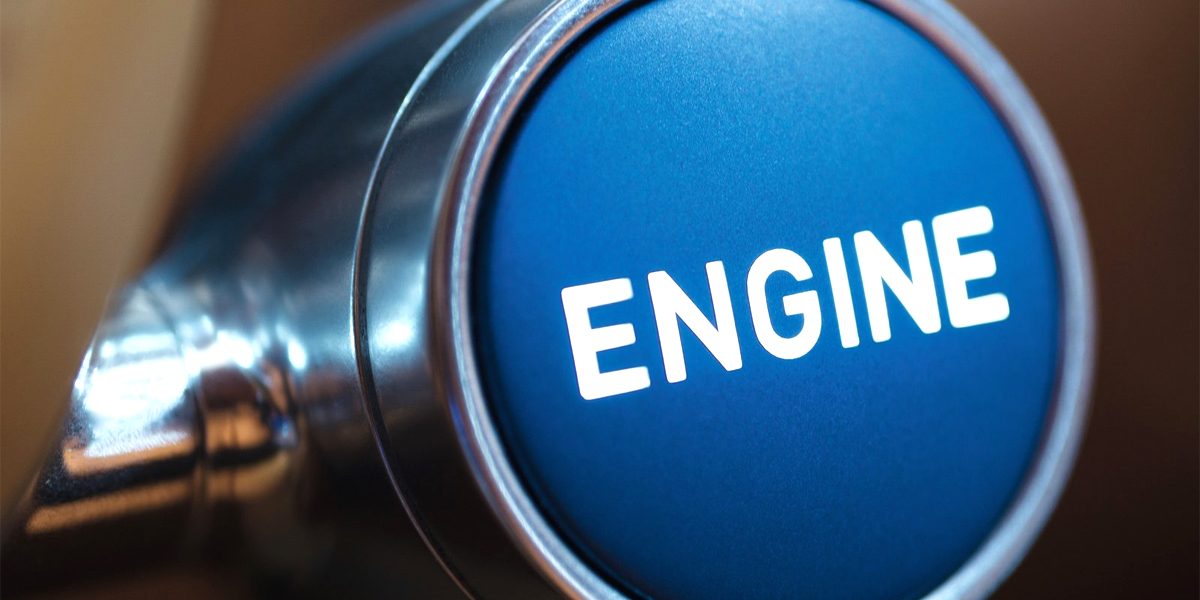Why is an engine’s power called horsepower?
On By
Horsepower is an imperial measurement that’s used to measure the power of an engine. But where did the name come from?
The term dates back to the mid-18th century, in a time when Britain was on the cusp of industrialisation and where horses were still considered one the most effective and highest-yielding power sources, more so than water, wind and oxen. They were cheap to buy and feed and could be used to haul coal and turn machinery in mills and factories.
However, Scottish steam engine pioneer James Watt was looking into how he could replace many of these horses’ workloads with cost-effective rotative steam engines that could complete these tasks more efficiently and effectively.
In order to better market his engines to businesses, Watt needed a way of being able to easily compare the effectiveness of his engines against the horses that previously did the work.

You’d be forgiven for thinking that one horsepower (1hp) is equal to the amount of power an average horse can output, but unfortunately, it’s not quite that simple.
Instead, Watt defined 1hp as the amount of energy expended by a horse lifting 33,000 pounds of water one foot into the air from a 1,000-foot deep well in 60 seconds. More simply put, 1hp is 33,000 foot-pounds per minute.
This convoluted equation finally allowed Watt a way of measuring the power of his engines. These days a device called a dynamometer (dyno) is used to calculate a car’s force so no wells or buckets of water are required.
Regardless of Watt’s long-winded equation, horsepower has managed to stand the test of time and is still a measurement that’s used across the automotive industry today. As well as successfully inventing the concept of horsepower, the ‘watt’ unit of power was also named after the Scottish inventor.

